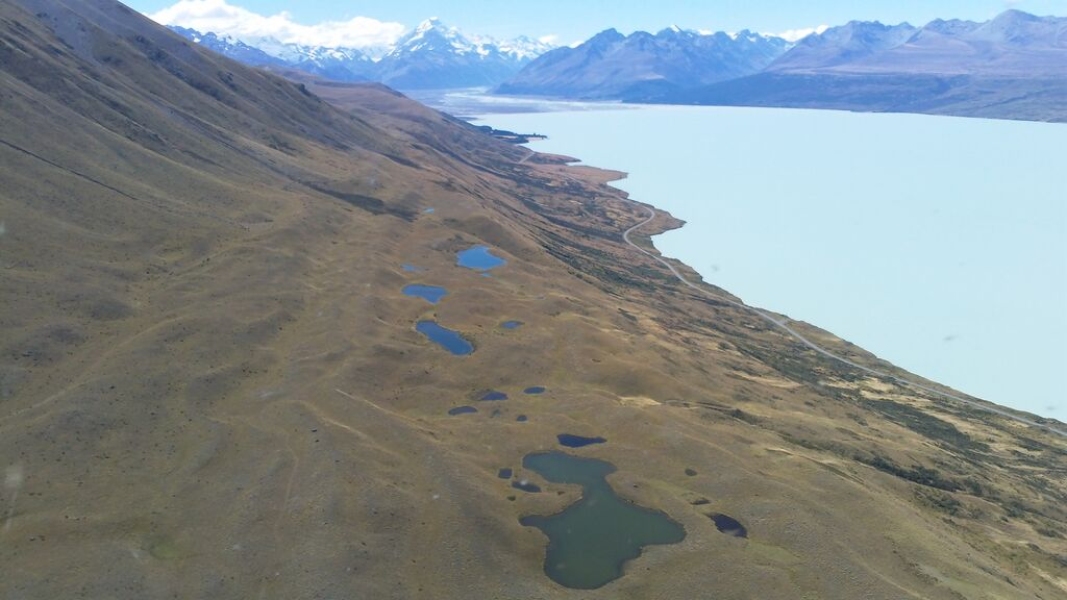New Zealand scientists are part of an international team that has documented duelling ocean and atmospheric heat transport during periods of abrupt climate change.
The history of climate on Earth is stored in tiny variations in ice, ocean sediments, peat bogs and other natural archives over thousands of years. Recovering this information and deciphering how — and why — the climate has changed in the past is a powerful way of learning about the climate system.
The term “abrupt climate change” describes changes in climate that occur over years or decades, compared to human-caused changes in climate that are occurring over decades to centuries.
It has previously been thought that changes in the amount of heat carried north by Atlantic Ocean currents were responsible for past abrupt climate changes.
However, in a new study published online today in Nature Geoscience finds that changes in ocean heat transport are only part of the picture.
NIWA marine geologist Dr Helen Bostock and GNS Science’s Dr Marcus Vandergoes and Dr Giuseppe Cortese have contributed to the research that has also been undertaken by scientists from Denmark, Australia, the US and France.
The team examined in detail how the climate of the Southern Hemisphere behaved during a period of abrupt warming in Greenland and the North Atlantic. The scientists compiled information from a wide array of climate records spanning Antarctic ice cores to north Australian cave records and New Zealand and Patagonian glaciers, marine sediment cores to southern African rodent middens.
By comparing the climate records with climate model results they were able to confirm previous ideas that increasing northward heat transport in the Atlantic warms the North Atlantic and Greenland at the expense of abrupt cooling in the Southern Ocean – a concept known as the “bipolar ocean seesaw”.
Their major new result is to show that the atmospheric circulation adjusts in an effort to compensate for the change in ocean heat transport: as the ocean transports more heat northward the atmosphere responds by transporting more heat southward.
However the compensation is imperfect: climate changes in different locations throughout the Southern Hemisphere reflect the battle between the opposing ocean and atmospheric heat fluxes. In the low-latitudes, over the continents, the atmosphere wins out, driving abrupt drying and warming and shifting the location of the monsoon systems. In the South Atlantic and Southern Ocean, New Zealand and Patagonia, the ocean wins out, driving cooling that is amplified around Antarctica by expanding sea ice.
The research underlines the intimate coupling between the ocean and atmosphere and helps to explain why past abrupt climate change unfolded so differently in different regions.
The study further underlines a warning that climate scientists have been issuing for many years: forcing the climate system into a different state — as occurred during the warming out of the last ice age and as is occurring now — can trigger climate instability with impacts that spread globally.
Read the research paper "The spatial extent and dynamics of the Antarctic Cold Reversal"
- Read other climate related news
- Read other coasts and oceans related news
- Read more about climate change

